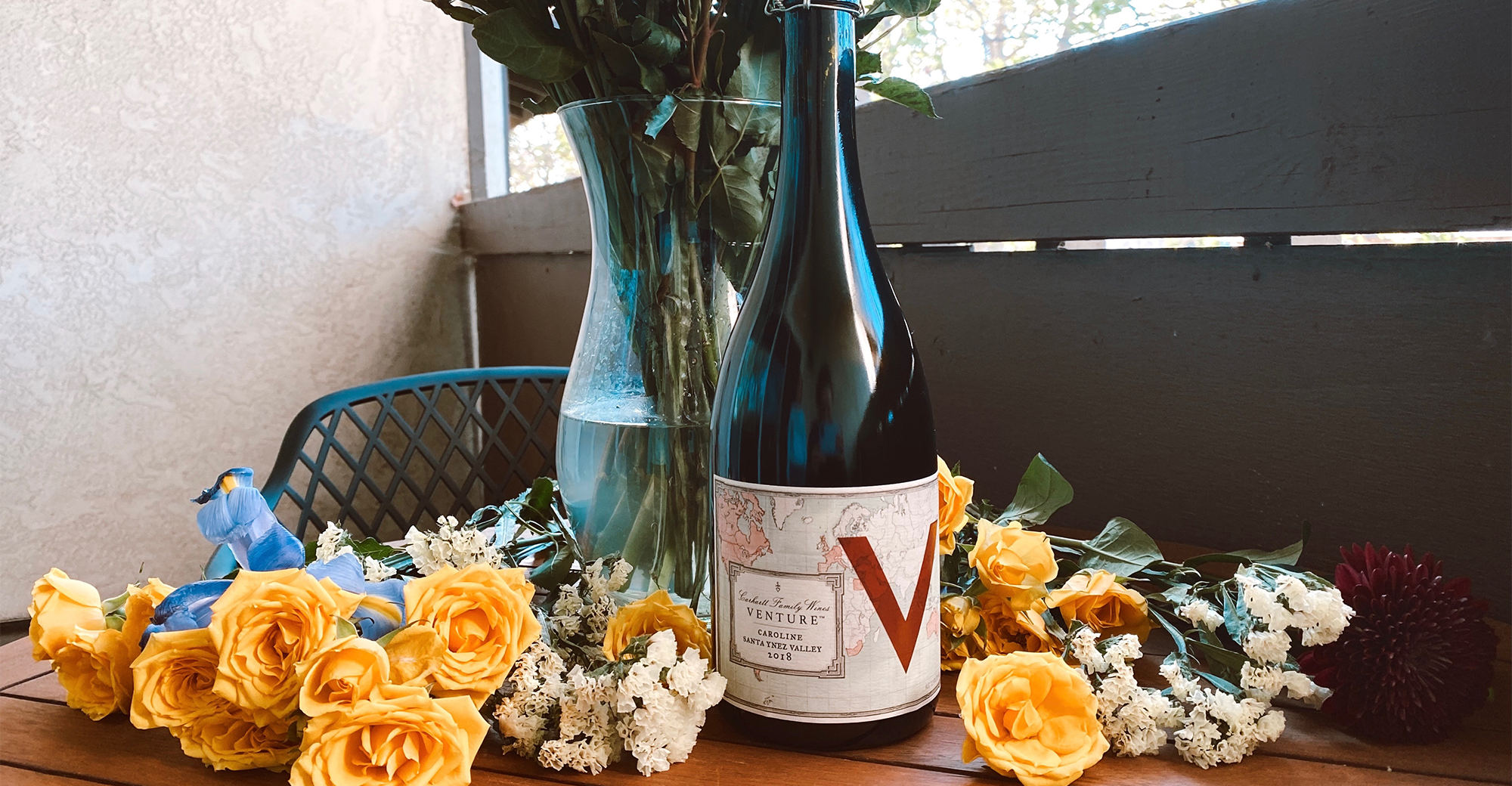

Sparkling wines come from all over the world but they have different names (and follow their own rules) depending on their region.
Prosecco is an Italian sparkling wine, primarily made in the Veneto region using the Glera grape varietal. Prosecco is made using the Charmat Method, in which the second fermentation occurs in large, pressurized stainless steel tanks. This results in a fizzy, fruity, affordable sparkling wine.
Cava is a popular Spanish sparkling wine that, like Champagne, undergoes its second fermentation in bottle. Producers use the Método Tradicional to make Cava wines. The majority of Cava production occurs in Catalonia with three predominant grape varietals: Parellada, Macabéo, and Xarel-lo.
Sekt is the German word for sparkling wine. A number of grape varietals can be used to make this wine, including Riesling, Silvaner, Pinot Blanc, Pinot Gris, Pinot Noir, and Gewürztraminer. Interestingly, at least 85% of the wine must be made from the varietal labeled on the bottle.
And of course, sparkling wines can only be called Champagne if they come from the Champagne region of France and are made using a specific, traditional process called Méthode Champenoise. Three grape varieties are generally used to make Champagne: Chardonnay, Pinot Noir, and Pinot Meunier, either alone or in combination. Here’s a quick low-down on the Méthode Champenoise process (which we use to produce our Caroline sparkling wine):
Like still wines, Champagne can range from light-bodied and delicate to full-bodied and rich, and from bone dry to quite sweet. However, a healthy balance of fruit and acidity is extremely important. Typically, smaller bubbles are sought after in sparkling wines (often read: the smaller the better). Tiny bubbles generally result in a softer, more elegant drinking experience.
As noted above, sparkling wines have significant levels of carbon dioxide in them, making them fizzy or “sparkling. Another way of making sparkling wines and one that is seen more frequently of late is “Pet-Nat” wine, shortened for the term “Petillant Naturel.” Although quite popular now, Pet-Nat actually dates back even pre-Champagne and is produced using the Methode Ancestral, originally used in the early 16th century by monks. In any case, however you prefer your sparkling wine, it will no doubt add a celebratory note to any occasion – or none at all – Salud!